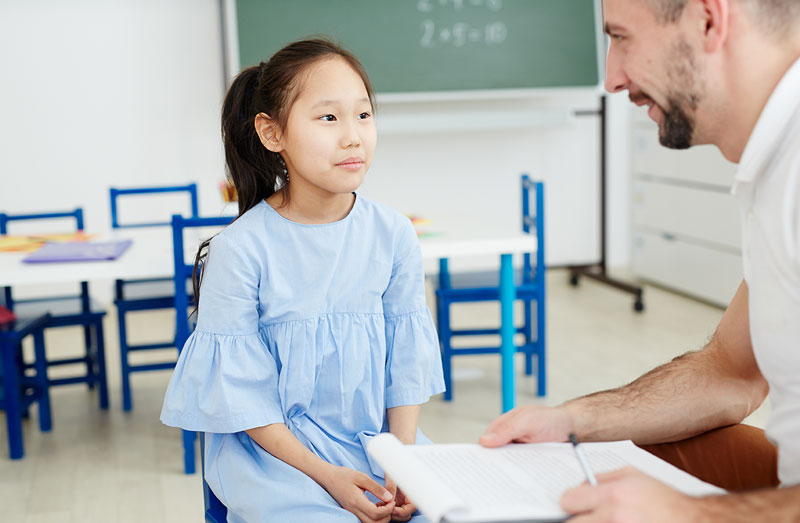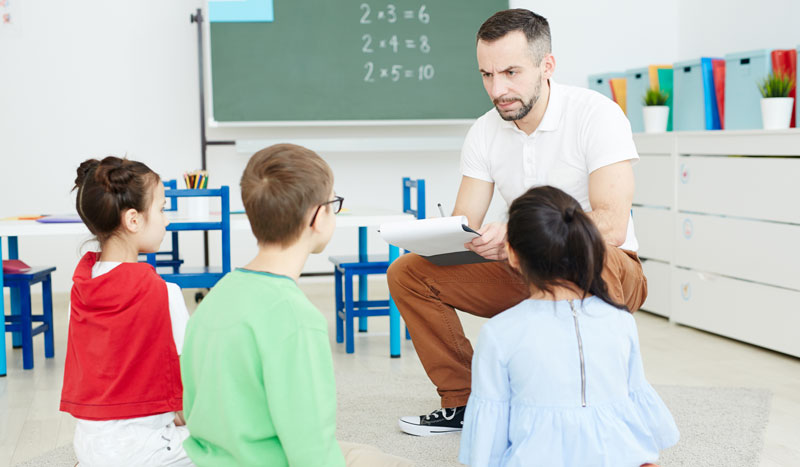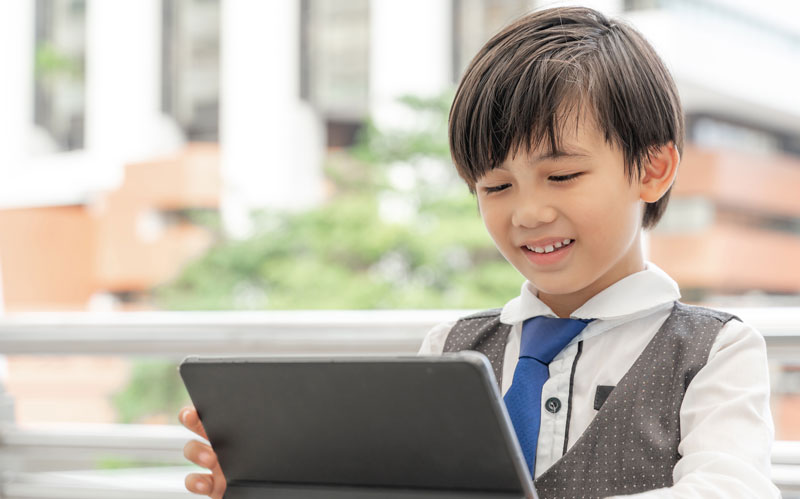
The Most Common Reading Problems and Ways to Solve Them
The Most Common Reading Problems and Ways to Solve Them
Ascertaining that your child can read is a validation that things are moving in the right direction. But what if your preschooler struggles to reads even simple words, despite you as a parent trying to do everything right.
Many kids who find it difficult to read at an early age, can show improvement with time and even be voracious readers when they grow up. With guidance, practice, support, and some extra help, learning to read can become easier. However, the right approach is to identify why your child is struggling to read in the first place.
Identify Some Signs That Suggest Your Child is Unable to Cope with Reading
As a parent, look out for some cues, as your child grows out of toddlerhood and starts to get familiar with books.

Children between ages 3 years to 4 years
- Is your child able to identify phonetic sounds and associate them with the correct printed letters? Phonics is the base for language development and good vocabulary building depends on the ability of the child to practice correct ‘recognition of letter sounds’, ‘blending’ and ‘segmentation’ of words. If these basics are shaky, it is a red flag for the parent to understand.
- Try playing some nursery rhymes and ask your child to repeat a verse or two. If he is not able to sing to the tunes correctly, and finds himself lost, then it should probably raise an alarm.
- By the age of 4, children should be able to correctly identify names of animals, vehicles, fruits, vegetables, and days of the week. If the child can’t seem to get this right, it could be an indication of some learning disability which needs to be addressed immediately.
Children 5 years of age
- Children at 5 should be able to atleast repeat simple sentences read to him by an adult.
- Children enjoy listening to ‘read aloud’ stories and passive reading can add to the child’s knowledge. Highlights Library is a digital learning tool that gives readers access to 2,500 stories. The Highlights platform is a perfect catalyst in inculcating a love for reading amongst children. Highlights subscription is available globally, including the Middle East and GCC Regions.
- Reading is not only about being able to reproduce the words verbally with proper pronunciation, but more so to be able to understand and remember the facts of what has been read. To test the child’s comprehensive skills, ask him the right questions from the story and allow the child to re-tell the tale to you. If the child is not able to even share the basic outline of the story, then it is a matter of concern and probably something needs to be rectified.
Common Reading Issues
In the above paragraphs we have seen the reading readiness stages as per the child’s age. If you notice the reader is not on par as he should be, it could be due to any of these issues:
- The child may be suffering from Dyslexia where decoding the words read and associating them with the correct meaning becomes a task.
- Another sign to watch out for is Autism Spectrum Disorder. This may impact how the child socializes in school and may lead to speech problems & low confidence.
- Some children develop Attention Deficit Hyperactivity Disorder (ADHD) where they are unable to focus and get easily distracted. If one doesn’t read with focus, the lessons from the story or text, won’t be correctly understood by the child, and thereby he may lose interest in the subject.
These developmental issues can indeed obstruct the child’s progress and can interfere in the child’s learning journey. Once the problem is identified, it is important to seek out for immediate help. Many IB schools around the world including, Dubai and UAE, foster an inclusive environment and make provisions for special educators and child counselors to give the right attention and extra support to the child, so that they can be as productive & successful as others in class.














Recent Comments